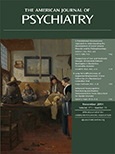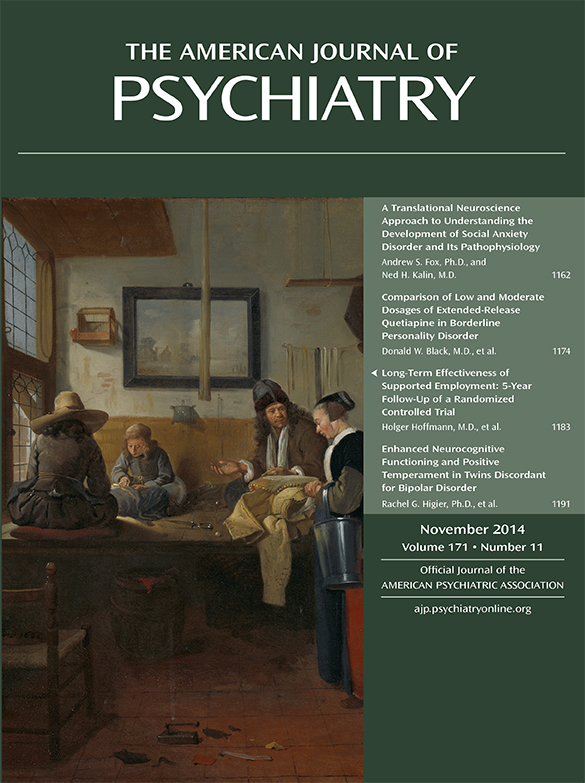This book provides a detailed history of the efforts that led Dr. Prusiner to identify prions as the etiological agents of devastating neurological disorders in animals (e.g., scrapie) and humans (e.g., kuru, Creutzfeldt-Jakob disease). The concept that a modified normal protein could cause disease was unthinkable in the medical field in the 1980s. Dr. Prusiner proposed that a normal protein could cause a disease by changing its conformation and could replicate without a genome by forcing other normal proteins to change their shape into harmful ones. He presents a frank and honest description of the successes and frustrations that took him to the identification of prions (proteinaceous infectious particles).
There is an excellent and critical description of the pioneering work in the studies of prion diseases. From William Hadlow, who in 1959 described that the scrapie’s pathological findings were undistinguishable from those of kuru, to the work of Gibbs and Gajdusek on the transmission of brain tissue of kuru patients to nonhuman primates.
Dr. Prusiner’s thoughts about his scientific and political agreements and disagreements with his colleagues bring a human dimension to this book. At the end, this struggle seemed to have had a positive effect on his motivation to continue testing his hypothesis and ended when he received the Nobel Prize in Medicine in 1997.
The last chapters of the book are devoted to explaining a unifying hypothesis on neurodegeneration (e.g., Alzheimer’s disease, Parkinson’s disease, amyotrophic lateral sclerosis, and dementia with Lewy bodies), where a diverse group of proteins can form prions, which in turn undergo self-propagation as oligomers. Regardless of the provocative aspects of this hypothesis, it is important to remember that although we have identified major risk factors for some of these conditions, we do not know the initial pathological event.
Alzheimer’s disease is the most common neurodegenerative disease in persons age 65 or older, and one of its pathological hallmarks is the deposition of Aβ amyloid plaques. Because patients with Creutzfeldt-Jakob disease have amyloid deposits in their brains, and some studies have shown that inoculated human Alzheimer’s disease brain homogenates in experimental animals (e.g., marmosets) led to the development of Aβ amyloid plaques, Prusiner proposed that Alzheimer’s disease could be transmissible and possibly caused by a prion.
The book is oriented to a medical audience, and it should be read by medical students, residents, and neuroscientists in general. There is a profound message of optimism for the younger generations struggling to conduct basic and clinical research.

